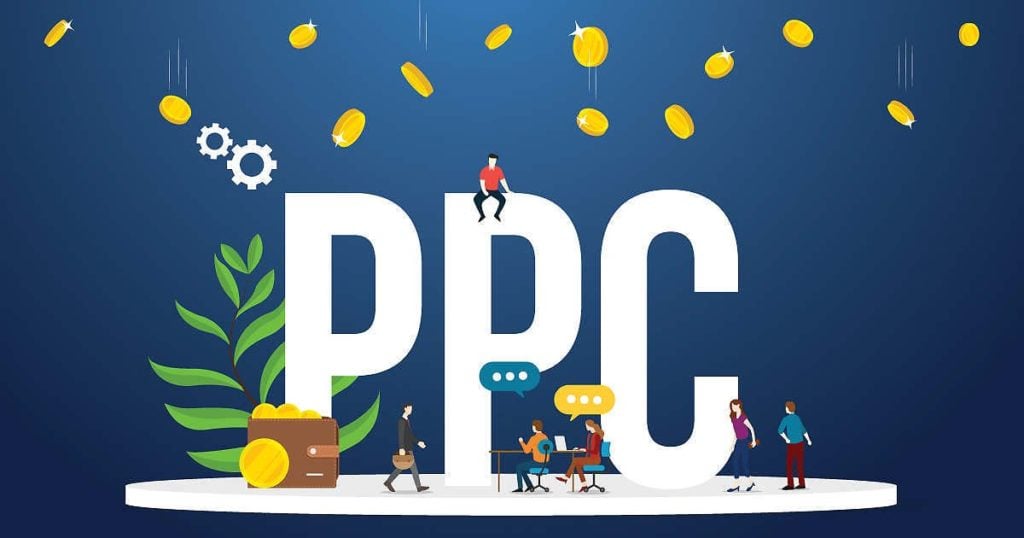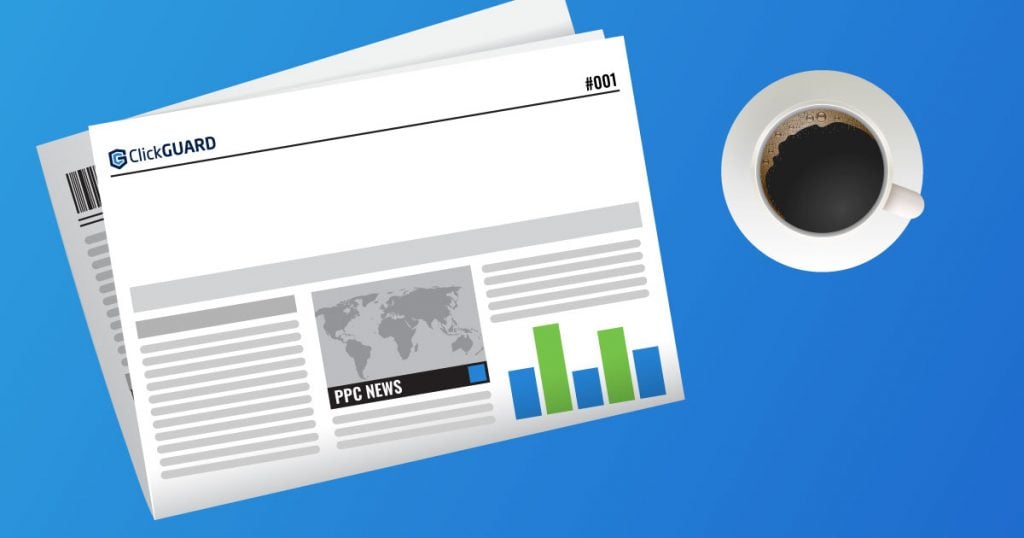Digital marketers can use behavioral studies to target ads more efficiently to consumers by collecting information about and analyzing customer browsing behavior. Getting highly personalized ads in front of the ideal audience is your ticket to Google Ads Optimization, building a loyal customer base, and increased revenue.
If that isn’t the perfect advertising trifecta, we don’t know what is 😉
Advertisers have always been focused on understanding what makes people tick. But when people are inundated with so many products and choices online, traditional advertising doesn’t always connect with ideal customers. You have to understand what makes people click just as much as what makes them tick, and you need to get that clickable message in front of the right people.
So how can advertisers get their product or service to the customer who needs it by using behavioral studies?
Let’s find out what behavioral studies are, how they lead to better-performing ads, and tips for you as an advertiser to use this knowledge for Google Ads Optimization.
What Are Behavioral Studies and How Do They Help Marketers?
Technology changed the world of advertising. Widespread digitization means advertisers can reach customers they never would have been able to reach before.
But with these far-reaching capabilities come more challenges – how does a marketer stay consistent with their messaging? How do they land ads in front of the right people? With so many other brands out there, how do they capture and keep a customer’s attention and loyalty?
Advertising became more… complicated, to say the least.
To target and inspire potential customers, digital advertisers have had to get more and more innovative. Using behavioral studies to steer consumer and advertisement into alignment is a smart and effective strategy that can actually simplify your campaign.
Behavioral studies use data to essentially create a persona for a customer so that you, the advertiser, can better understand their needs and target ads to meet those needs.
Data collected could be things like time spent on a site, clicks, purchase history, and more. This data is analyzed over a period of time to examine and understand patterns of behavior.
That sounds a little intense and NSA-esque but studying people’s behavior and purchasing patterns to strategize more creatively is nothing new. As long as marketers avoid being too invasive, 71% of people prefer more personalized ads, with many of them willing to provide some of their information in exchange.
Using behavioral studies in advertising does a lot for your business, including:
1) Increasing user engagement and click-through rates
2) Improving conversion rates. A survey determined that targeted advertisements based on user behavior converted 6.8% compared with non-targeted ads at 2.8%. Nice.
3) Using relevant and personalized ads to increase customer satisfaction. Who wants to be bombarded with stuff they don’t want or need, right?
If you’re a Google Ads user, you can use all this knowledge of your customer’s behavior to your advantage for Google Ads Optimization.
Behavioral Studies for Google Ads Optimization
As you probably know, your Google Ads Optimization Score is an estimate of how well your account is set to perform, and what you can do to get better results.
How do you optimize your Google Ads using behavioral studies, you ask?
Let’s zoom out and start with the broader picture.
First, you can envision the behavioral targeting process broken down into three main components: Data Collection, User Breakdown, and Application.
The data collection process is where you gather information on your potential customers. After collection, data is analyzed to determine behavioral patterns. Moving on to component two, these patterns help you group similar customers in the user breakdown step. Application is the final step in which you take all this human behavior knowledge to your campaign strategy and target specific groups with relevant ads.
Now let’s zoom in with some tips for each step of the way. 😊
Build a Database
To collect data about your potential customers for behavioral studies and Google Ads Optimization, you’ll need a marketing database that can capture user interactions and behaviors. Organizational management is a LOT easier with a database and you’ll be able to do so much more than just capture data, including email marketing.
A database can be as simple as a spreadsheet or as sophisticated as a CRM (Customer Relationship Management) product such as Salesforce that combines marketing and sales processes.
To build the database, you can start with existing contacts you have from your accounting system, business cards, etc. After you’ve populated your database with these contacts and their information, you can also collect information from users who visit your website by asking them to input their email to receive deals, a free trial, or a newsletter. By linking your website to the database you can make this collection a lot simpler.
Once your database is up, running, and populated, you can then use it to communicate with all the contacts you have through email marketing or direct mail.
Collection Tactics
Before we talk about data collection, let’s talk about data privacy.
Data collection methods and behavioral studies should always be respectful of your customer’s privacy and data security. In the digital age, people are much more sensitive to invasive data collection, but they are also willing to share their data willingly for targeted, relevant products.
It’s important to be transparent with customers about how you are using their data, and remain respectful of their rights and privacy by asking for permission and handling data carefully and securely.
Taking personal data collection seriously will earn you trust, which is a great foundation for building lasting relationships with your customers 😊
Alright, alright, that’s out of the way and you’re ready to go. Below is a comprehensive list of data collection techniques for behavioral studies:
1) Take web-based surveys
2) Gather public information about customers from social media
3) Ask customers to sign up for a newsletter or rewards program with their email
4) Track customer habits through your website via cookies. You can learn see how long a visitor stayed, what they clicked on, what they purchased, and what they left in the basket
5) Use CRM or marketing automation systems
To successfully use behavioral studies for Google Ads Optimization, it’s important to realize that collecting the data is solely for the purpose of gaining a 360-degree understanding of what that data says about a customer.
Why did the customer search for this particular product or service, and what was their journey to purchasing?
Data can provide insight into the intent behind your paying customer’s purchases and improve your conversion rate and ROAS. Understanding searcher intent through post-click analysis of your campaigns is the most effective way to optimize your Google Ads.
Having a deeper understanding of the actual person behind the click is how you adapt your campaigns to target the audience most likely to convert, boost revenue, and build a business with happy, loyal customers.
Which brings us to tip número tres.
Create a Profile
Now that you’ve got all this info, use it to create a profile of customers based on the behavioral patterns that emerge!
Shopping habits and interests will start to shine through the jumble of page visits and ad clicks, which is exactly the information you want to target your ads to the right audience. This kind of insight is gold for Google Ads Optimization.
Segment Users
Once you have the user profiles for your behavioral studies, you can use those to segment, or group, your audience based on those differentiating characteristics and then send them ads and content based on those characteristics.
You can group users based on patterns such as frequency of product usage/purchase, whether they prefer to shop via mobile app or in-store, customer loyalty, seasonal and occasion purchasing, and more.
The next tip is a natural continuation of user segmentation.
Apply Behavioral Targeting through Dynamic Content
This is where you get to reap the benefits of behavioral studies.
After separating people into target market groups, you can get focused, relevant content in front of them. Since you know who your customers are and what their buying intent is, you don’t have to mess around with putting ads out and hoping for the best – your ads will be highly personalized and sitting in front of the right audience.
To really use behavioral targeting to your advantage for Google Ads Optimization, you can boost engagement and conversions by inserting dynamic content such as pictures into email messages to customers. For example, if a customer recently viewed or purchased a specific item, you can include pictures of “you might also like” items or recommended add-ons.
Dynamic content is eye-catching all on its own, and when you’ve used behavioral studies to tailor your ads to the right audience, it will be even more effective.
Rather than waste time and money on ineffective ad campaigns, build a deeper understanding behind customer purchasing intent to increase your conversion rates and ROAS.
Innovative methods like behavioral studies are a great tool for marketers to get this kind of insight. Through data collection, user profiles, and marketing segmentation, you can create a more personal value proposition for your customers. At the end of the day, highly personalized ads in front of the right audience are the key to Google Ads Optimization, increased customer engagement, and, of course – sweet, sweet revenue 😉



